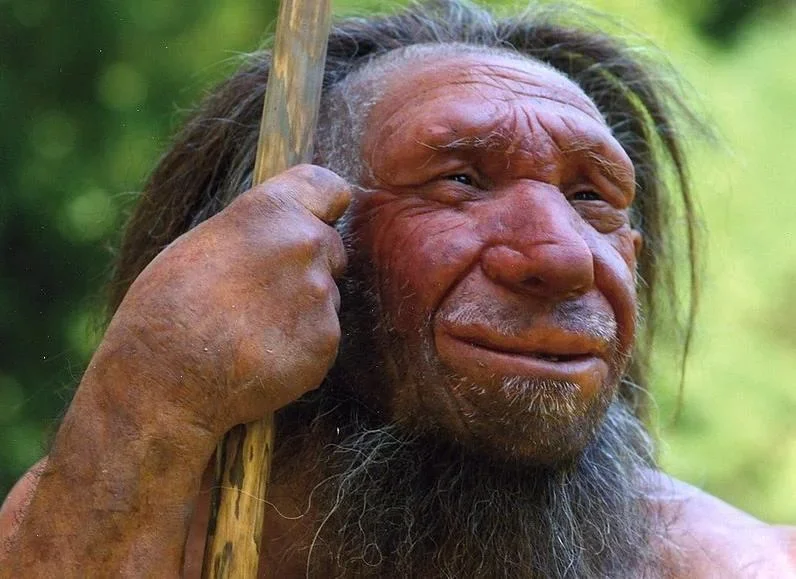
The fascinating tale of Neanderthals unfolds through their skeletal remains, genetic data, and evolutionary transitions that span vast periods. This ancient group of humans has left an extensive fossil record; however, questions surrounding their origins, adaptations, and eventual extinction are still hotly debated in scientific circles.
Recent research is reevaluating long-standing theories regarding the evolution of Neanderthals, presenting a more intricate understanding of their genetic and morphological history.
Neanderthal Origins and Evolutionary Journey
Neanderthals, one of the most well-documented groups of pre-modern humans, appeared approximately 250,000 years ago, descending from European populations that existed between 500,000 and 250,000 years ago. They share a common ancestor with Denisovans and modern humans, having diverged from the human lineage between 765,000 and 550,000 years ago. Their evolutionary narrative is closely linked with other early human species, such as Homo heidelbergensis and Homo antecessor.
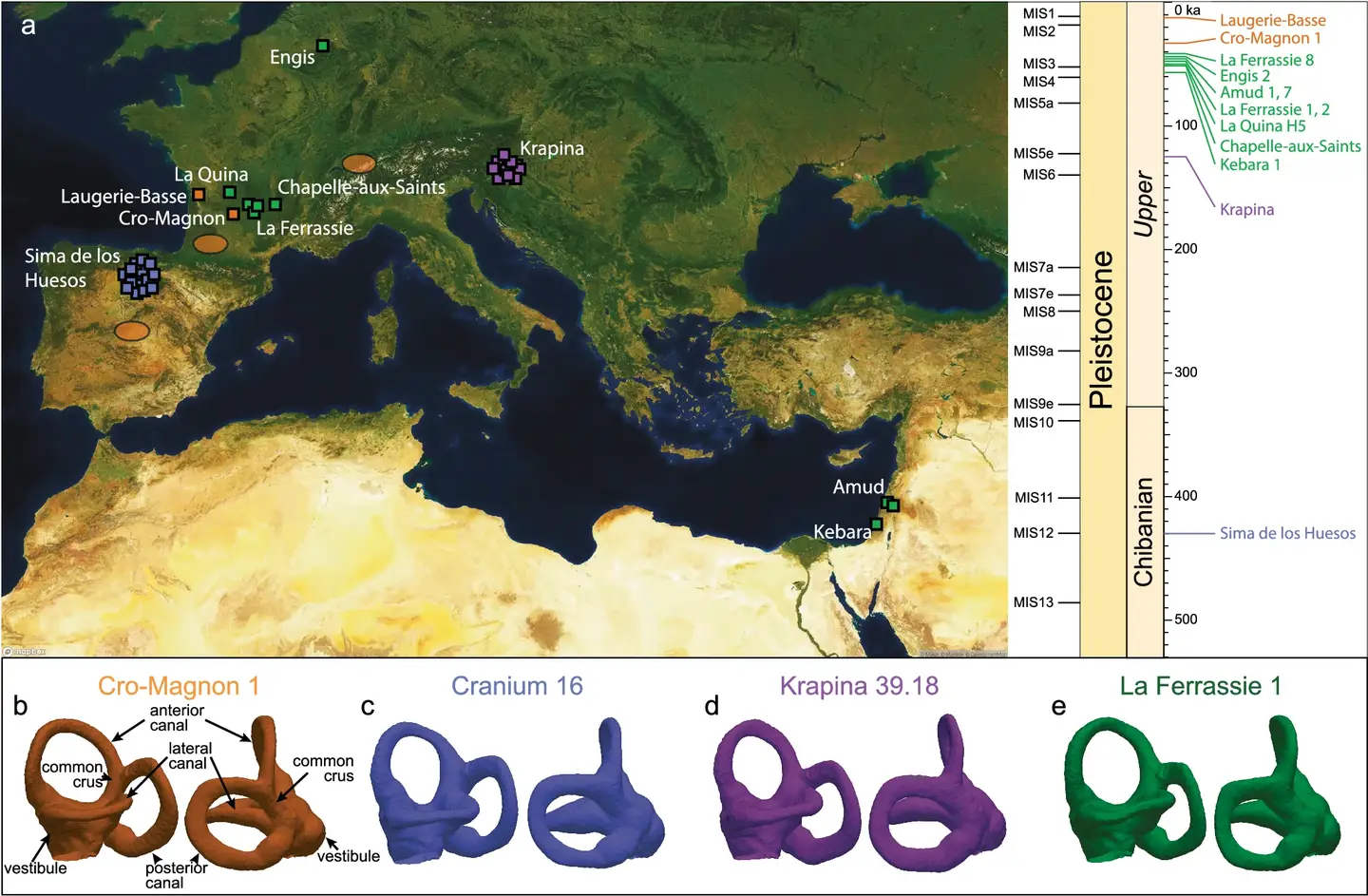
The debate continues regarding the exact species that gave rise to Neanderthals. Some researchers posit that the Homo heidelbergensis species, found in both Africa and Europe, was the precursor to both Neanderthals and modern humans.
Others contend that while Homo heidelbergensis was confined to Europe, an African species, potentially Homo rhodesiensis, led to the evolution of modern humans. Despite extensive research, the phylogenetic connections among these ancient species remain a puzzle.
Two primary models explain the distinctive characteristics of Neanderthals. The accretion model suggests that these features evolved gradually due to isolation and genetic drift influenced by climate changes.
The two-phase model indicates that early European populations experienced morphological changes due to shifts in body size, leading to unique developmental processes that resulted in Neanderthals’ distinctive skull shapes. Evidence suggests a blend of both models, indicating an evolutionary trajectory that was gradual but occasionally punctuated.
Genetic Bottlenecks and Population Structures
Neanderthals navigated through profound climatic shifts that significantly impacted their population dynamics. Ancient DNA (aDNA) analyses reveal they underwent multiple population bottlenecks—sharp declines in population size—during their existence. A notable bottleneck occurred about 110,000 years ago, resulting in a considerable decrease in genetic diversity among late Neanderthal populations.
Early Neanderthals exhibited a higher genetic diversity, suggesting they were part of a larger, more interconnected population. Over time, their numbers diminished, likely due to severe environmental conditions, fragmented habitats, and restricted genetic flow. By the Late Pleistocene, the Neanderthal population showed decreased genetic and morphological variation compared to modern humans, indicating a prolonged period of decline.
Interactions between Neanderthals and other hominin species, including modern humans, add layers of complexity to their evolutionary history. Studies suggest that early modern humans and Neanderthals interbred, with modern human genomes containing up to 5% Neanderthal DNA. Furthermore, some Neanderthal groups experienced prolonged isolation, while others underwent population changes and genetic mixing.
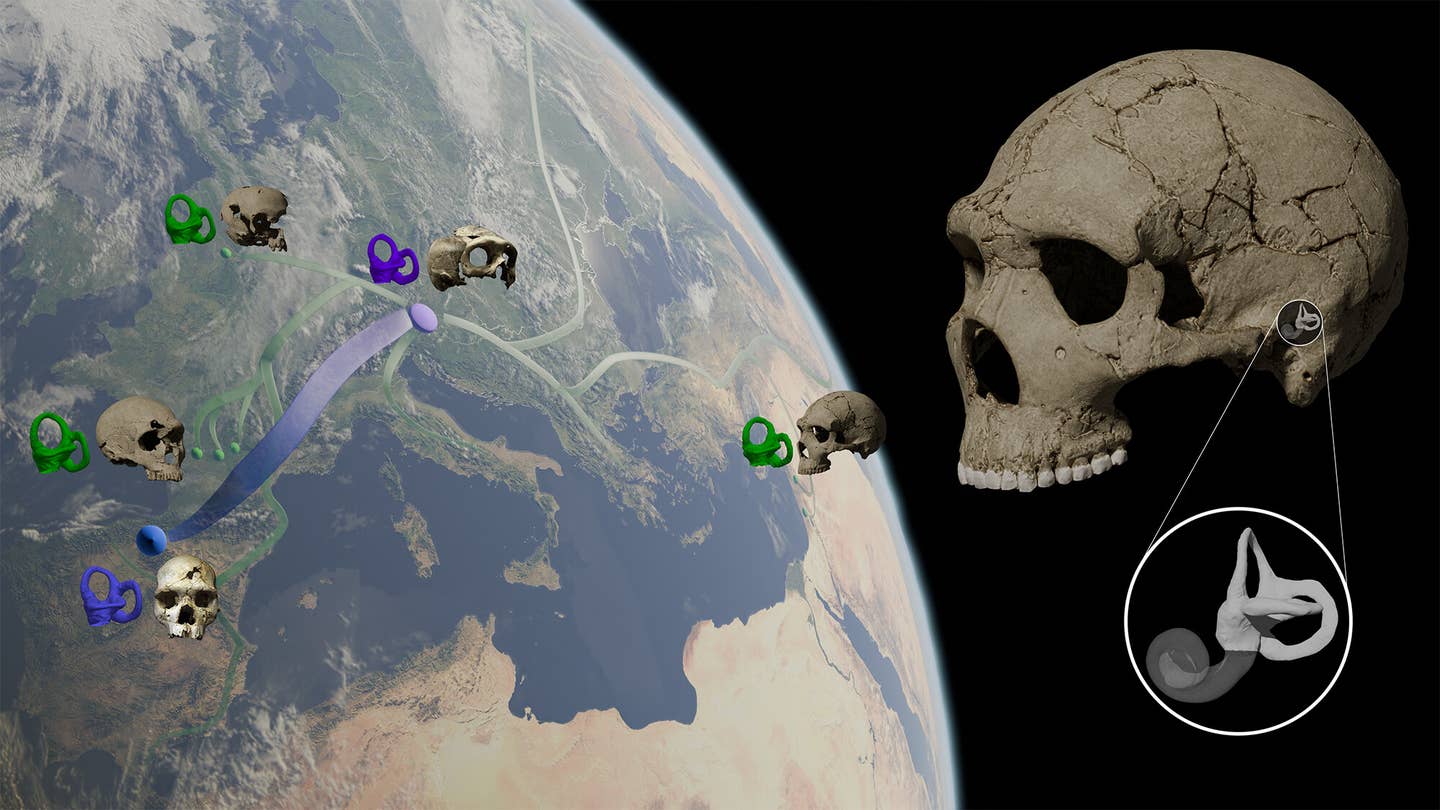
Although these findings provide insights, genetic data from Neanderthals dating back over 100,000 years remains limited. Advancements in DNA extraction methods have enabled scientists to collect genetic material from fossilized remains and sediments, but further ancient samples are essential for a fuller understanding of their evolutionary path.
New Findings from Morphological Studies
A recent investigation led by Alessandro Urciuoli from the Universitat Autònoma de Barcelona and Mercedes Conde-Valverde from the Universidad de Alcalá explored Neanderthal evolution through the examination of fossilized inner ear structures. The semicircular canals, which are crucial for balance, offer a reliable measure of genetic diversity. This study assessed fossils from two locations: Sima de los Huesos in Spain (430,000 years old) and Krapina in Croatia (130,000–120,000 years old).
Published in the journal Nature Communications, the findings indicated that classic Neanderthals had significantly decreased morphological diversity compared to earlier groups, supporting evidence of a significant bottleneck event.
“Including fossils from a diverse array of geographic and temporal contexts allowed us to construct a comprehensive narrative of Neanderthal evolution,” stated Conde-Valverde. “The stark reduction in diversity observed between the Krapina sample and classic Neanderthals is particularly compelling, providing robust evidence of a bottleneck event.”
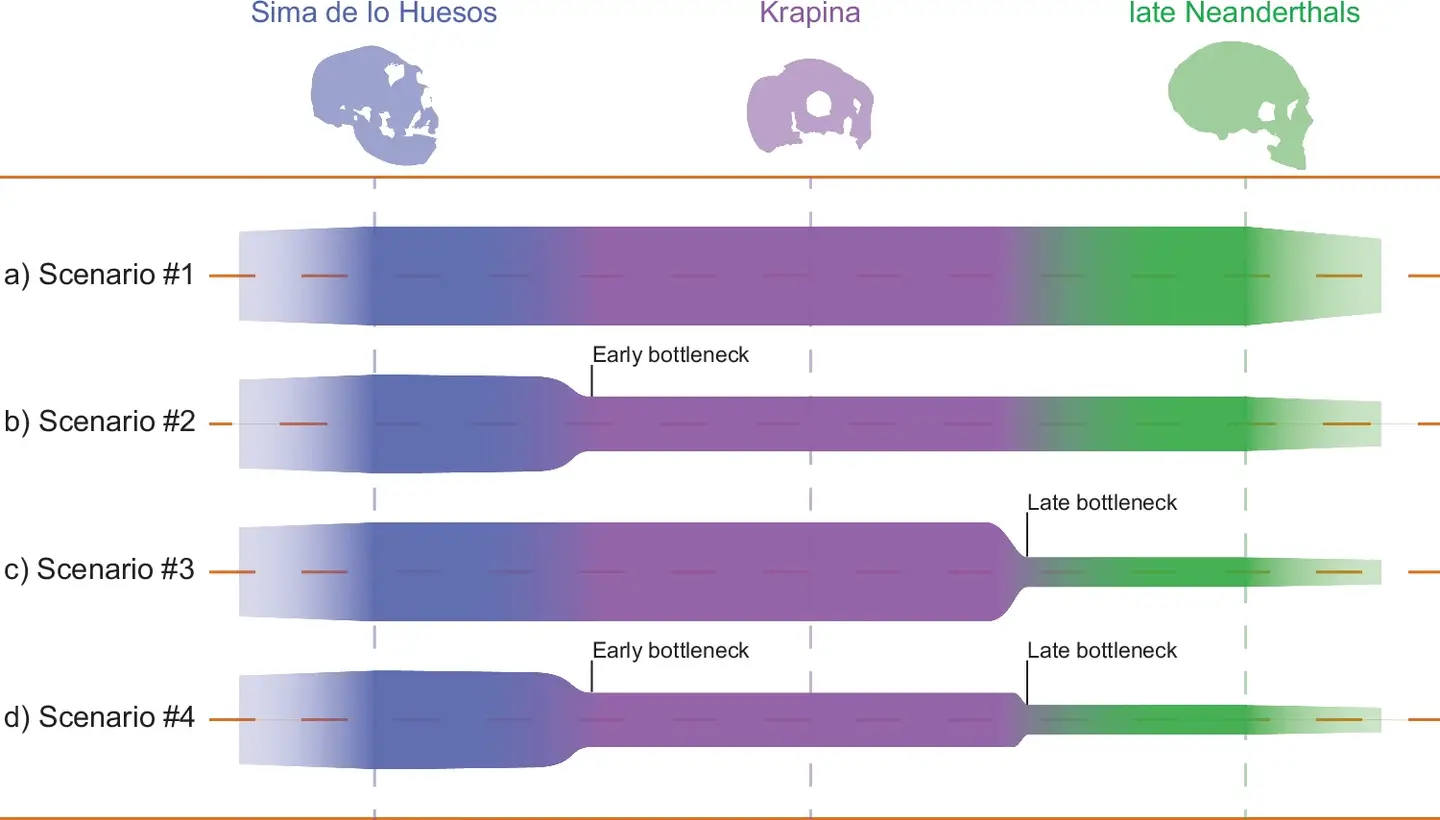
Interestingly, this research also questioned the assumption that Neanderthals began with low genetic diversity. “We found it surprising that the pre-Neanderthals from Sima de los Huesos exhibited morphological diversity comparable to that of early Neanderthals from Krapina,” remarked Urciuoli.
This challenges the traditional view that Neanderthals originated from a small, genetically homogenous group, instead suggesting a background of diverse and widespread populations before experiencing genetic decline.
The Legacy and Future Questions
Neanderthals thrived across Europe and Asia for over 200,000 years before going extinct approximately 40,000 years ago. While the reasons for their disappearance remain elusive, hypotheses range from climate challenges to competition with modern humans.
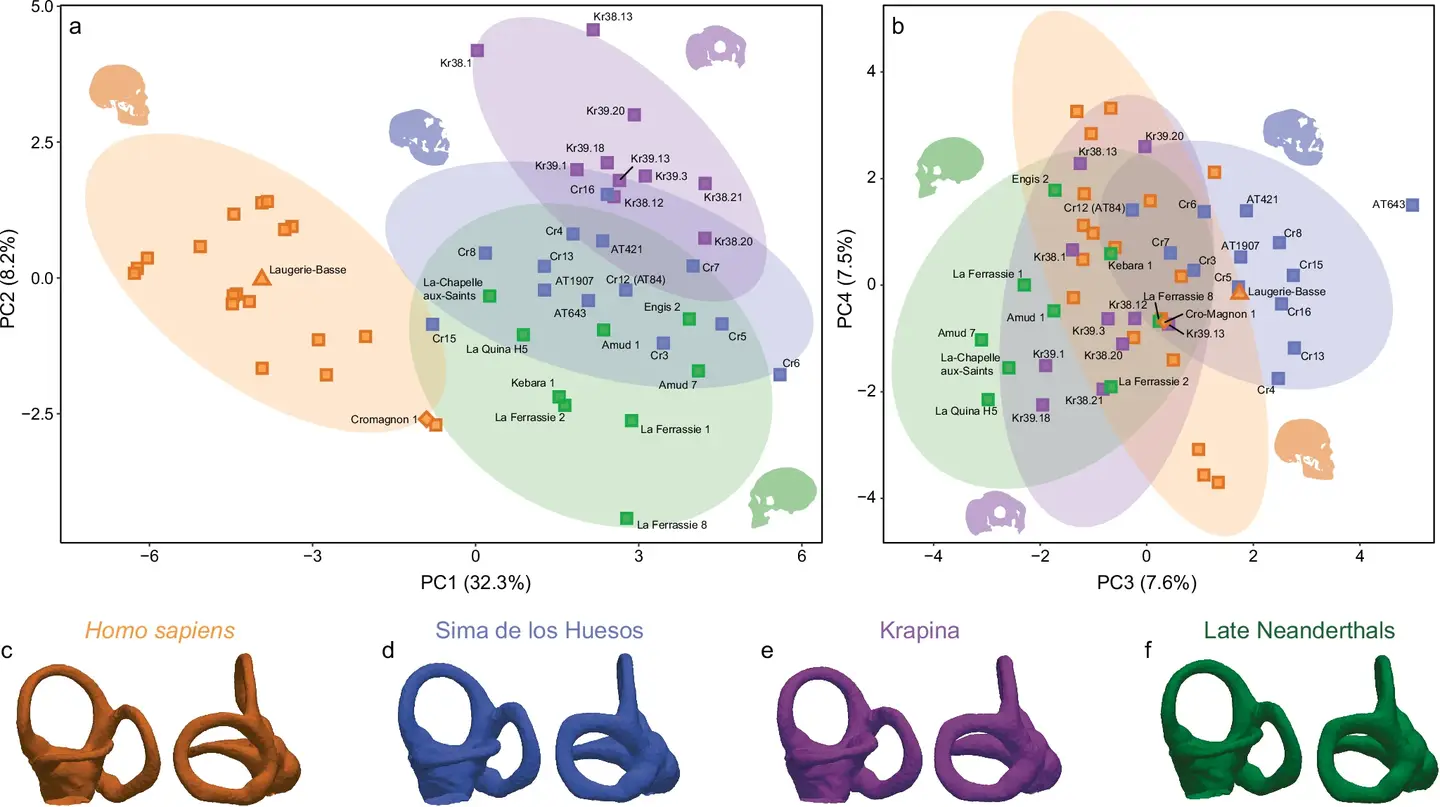
The evolving genetic and fossil evidence continues to refine our insights into Neanderthals, emphasizing their adaptability, resilience, and significant link to contemporary humans.
Continued examination of ancient DNA and fossil morphology is vital for addressing lingering questions. Were there earlier, yet unidentified bottleneck occurrences? How did shifts in climate affect Neanderthal survival?
As technology progresses, new findings may shed light on the ultimate fate of these ancient humans and their lasting impact on the evolution of our species.









